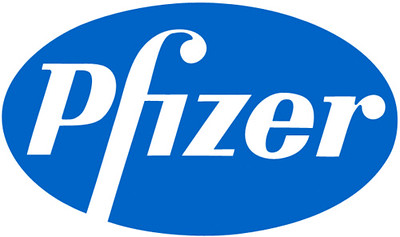In a surprising turn of events, the U.S. job market experienced a substantial deceleration in August, with job growth falling well below expectations. According to the latest ADP National Employment Report, a mere 177,000 jobs were added during the month. This unexpected slowdown has left economists, businesses, and job seekers alike searching for insights into the factors contributing to this downturn and its potential ramifications. In this article, we delve into the details of the report, explore the reasons behind the subdued job growth, and assess the broader implications for the U.S. economy.
Key Findings of the ADP Report:
The ADP report, a closely watched indicator of U.S. employment trends, painted a worrisome picture for August. Job growth came in at 177,000, significantly lower than the projected numbers. This marks a stark contrast to the relatively robust job gains observed in previous months.
The service-providing sector, which includes industries such as leisure, hospitality, and healthcare, bore the brunt of the slowdown, adding a mere 104,000 jobs. The goods-producing sector, comprising manufacturing, construction, and mining, contributed 73,000 jobs to the overall tally. This division of growth highlights the ongoing challenges faced by service industries due to the lingering impact of the pandemic.
Factors Contributing to Sluggish Job Growth:
Several factors can be attributed to the unexpected decline in job growth. The resurgence of COVID-19 cases, driven by the Delta variant, has led to renewed concerns about public health and safety. This has prompted some consumers to pull back on spending, impacting businesses that heavily rely on consumer demand. Additionally, supply chain disruptions and labor shortages continue to plague various sectors, hindering their ability to ramp up production and hire new employees.
The expiration of certain government support measures, such as enhanced unemployment benefits, might have also influenced individuals’ decisions regarding re-entering the job market. These factors combined have created a complex environment in which job growth faces various headwinds.
Implications for Businesses and Job Seekers:
For businesses, the sluggish job growth raises uncertainties about the speed and sustainability of the economic recovery. Companies might exercise caution when it comes to expanding their workforce or investing in new ventures until the job market shows signs of consistent improvement. This could potentially lead to a slower overall recovery trajectory.
Job seekers might find themselves facing tougher competition as the labor market remains relatively constrained. While certain industries are still actively hiring, it’s crucial for individuals to stay adaptable and open to exploring new opportunities in different sectors. Developing and showcasing a diverse skill set can provide a competitive edge in a dynamic job market.
The unexpected slowdown in U.S. job growth reported by ADP for August has ignited discussions about the state of the economy and the path to recovery. While various factors have contributed to this deceleration, the exact trajectory of the job market remains uncertain. As businesses and individuals navigate these challenges, adaptability, resilience, and strategic decision-making will play pivotal roles in shaping outcomes in the coming months. Staying informed about the evolving economic landscape will be essential for making well-informed choices, both for businesses looking to expand and job seekers striving to secure meaningful employment opportunities.












